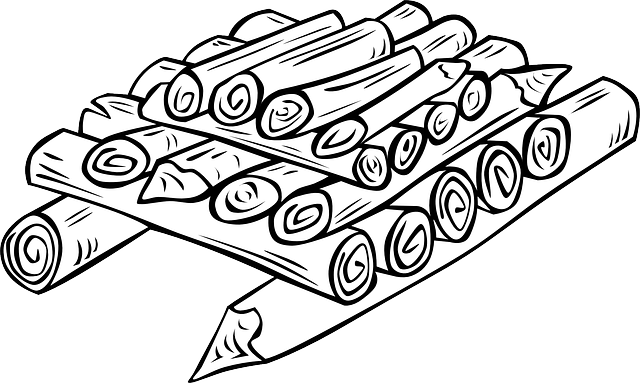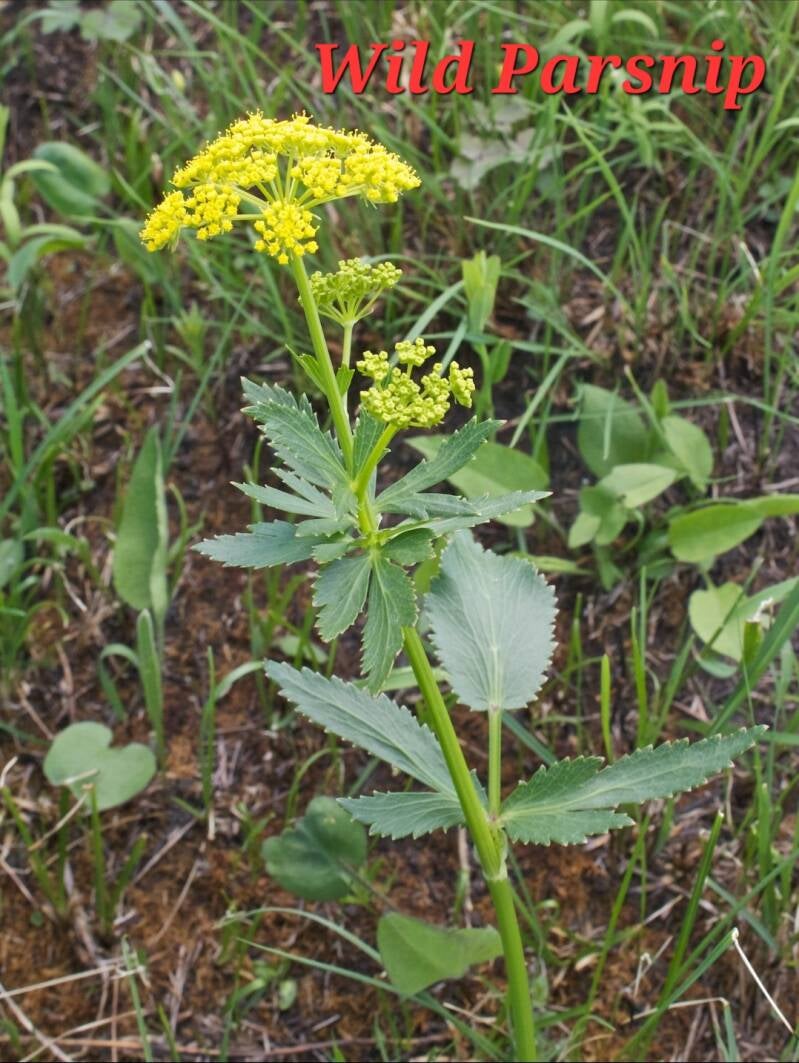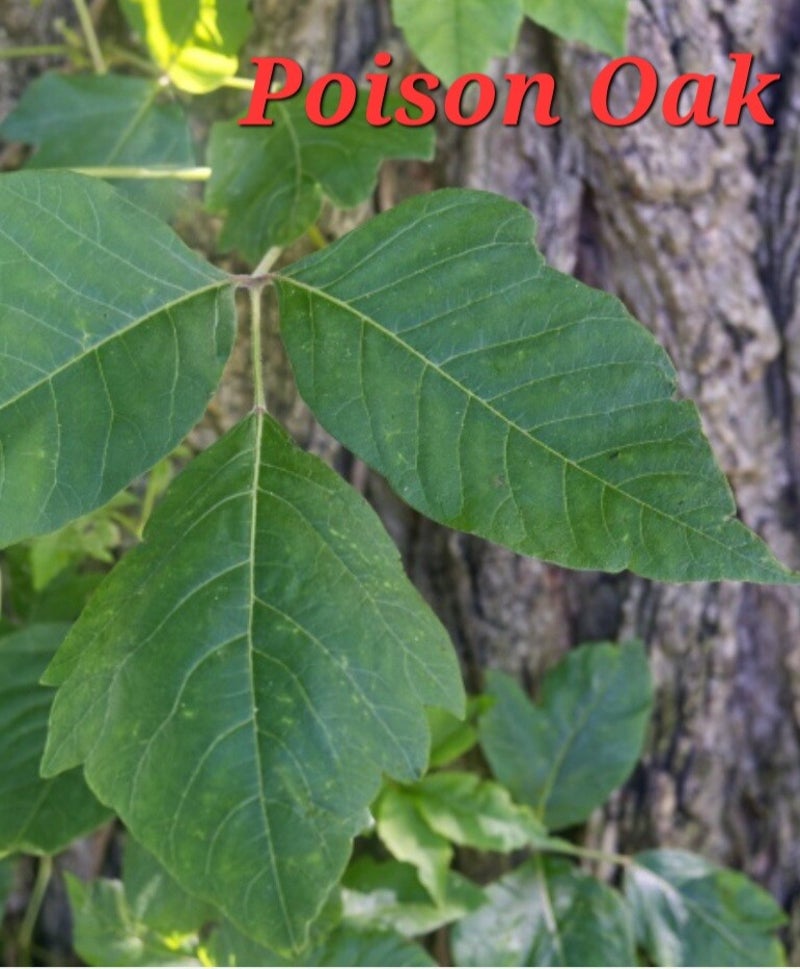Modern camping is an amazing activity that can be enjoyed solo or with friends and family. It's a perfect opportunity to forge new skills, and offers both physical and mental health benefits. When not fully prepared though, it can be distressing.

There are an abundance of "camping tips and hacks" articles available around the web. The majority of those share the same ideas. Some of those tips are good, and others, not so much. I have listed a few of the better tips available on those articles, but I wanted to offer more ideas and tips that aren't as widely shared.
Types of Campfires
Sitting around a campfire is one of the greatest joys when it comes to camping. Knowing how to safely ignite and maintain your campfire can prevent disasters.
Teepee - This is the most common type of campfire, and great for beginners.
To build: place a large handful of tinder on the ground in the middle of your fire ring, next lean kindling around it to form a teepee shape. Add larger firewood once it starts burning.

Log cabin/criss-cross - These fires are great for warmth and low maintenance.
To build: Place two of your larger logs down first, then two more on top to create a "#" shape. Continue this pattern until the structure is at your desired height. Lastly build a small "teepee" fire in the center to get it going.

Platform/upside down fire - These are superb for cooking with lower heat output, and they can last all day or all night due to they burn downwards.
To build: Lay 4 or 5 of your largest logs side by side. Next add another layer of slightly smaller logs across the first layer. Continue this pattern with progressively smaller firewood. At the top leave an open section in the center to add your tinder and fire starter.

Keyhole fire - This one is actually a fire pit layout that is excellent when you need hot coals with no flame for cooking.
To build: Start with a teepee or log cabin fire and scrape a path leading away from it to form a keyhole appearance. The fire being the round top of the keyhole, and the path being the bottom. As the fire burns you will rack the hot coals to the bottom of the "keyhole." This allows you to cook in or over the coals with no flame.
Fire starters
Sometimes it can be hard to find good dry tinder to get a fire going. Here are a few easy DIY fire starters you can pack with you. *Note If the ground is wet, you will want to build your fire off the ground. This can be accomplished by laying branches down first before building your fire.
Dryer lint + Vaseline - This is an excellent and cost saving fire starter. Collect lint from your dryer trap at home and mix it with a little Vaseline, just enough to fully coat it. Store this in a baggy, and pull some out when you need to start a fire.
Dryer lint + toilet paper roll - Another cost effective option. First cut a toilet paper roll in two, and fill each roll with dryer lint. Next, dip each end of both rolls in wax to keep the lint from falling out.
Fire Smudges - These will produce a very pleasant smelling fire when you first start it, when the fire is producing the most smoke. To create fire smudges: cut up dried sage, rosemary, cinnamon sticks, or any other dried aromatic plants and tie them in a small bundle or wrap in a small paper bag.
Comfort at the Campsite
This section will apply more to our tent campers, but some could apply to our RV campers too.
Soft tent floors - Having a comfortable walking, crawling, or sleeping surface will make a much more enjoyable experience. This can be achieved by laying yoga mats or square foam matting down first if you're able to pack them. Leaves under your tent is an alternative, but will provide little cushioning. Although, they will help insulate the floor of the tent and make sleeping much more comfortable.
Croc styled shoes - A muddy tent can be a hassle to clean, and who wants to spend extra time cleaning! Foam clogs are sturdy enough to not stub a toe, and they are a great to wear around the site and easily remove before entering your tent or RV.
Wax tent zippers - Nobody wants to fight a stuck zipper when nature calls and you need to exit the tent. Applying wax to any zipper will help them slide easier and protect them.
Keep food dry in coolers - Water logged bread and lunch meat sandwiches do not make an appetizing meal. Instead of ice in your cooler, use frozen water jugs or bottles. Another option is using a tall dish drying rack that will sit above the water and ice. An excellent option for those with only one cooler for food and drinks.
Mosquitoes! - Burning sage in your campfire will help deter mosquitoes. Mosquitoes do not like the scent of both Russian Sage and Lemon Verbena. Always having bug spray is still a necessity. Dealing with ticks and mosquitoes is not fun.
Solar battery banks/chargers - These are great to have, even if electronics are not used on your camping trips. Emergency situations can happen, and having a way to charge your phone (ie: gps and communication device) is always a good thing.

Plants to Avoid!
Water Hemlock and Poison Hemlock - These two are often confused with each other due to their names and similar appearance. Water Hemlock is more toxic than Poison Hemlock, but both should be avoided at all times. They can both cause hemlock poisoning if ingested, and both can absorb through your skin if touched, especially Water Hemlock. Hemlock poisoning can cause vomiting, nausea, trembling, burning of digestive tract, muscle pain and weakness, and difficulty with speech. If you believe you have hemlock poisoning seeking medical attention immediately is highly advised.


Wild Parsnip - This one can be "sneaky" you may not notice a reaction at first, but after a short time of sun exposure you can develop severe burns. The sap of Wild Parsnip contains furonocoumarins which make your skin more vulnerable to ultra-violet radiation. If exposed washing the area immediately and applying cool rags can offer some relief.

Poison Ivy, Poison Oak, Poison Sumac - All 3 of these can cause sever itchy rashes and blisters depending on the amount of exposure. Burning any of these in a campfire is a horrible idea. The smoke can cause skin reactions plus get into your lungs. If exposed washing the area with soap and water immediately can help. If you do develop a rash, 3 teaspoons of baking soda plus 1 teaspoon of water will create a paste to help remove the oils. Antihistamines will help with the itchiness.



Fun ideas with kids
Scavenger hunts - There are all kinds of scavenger hunt examples on-line. These are an amazing way to teach children different types of trees, plants, animal tracks, and spend quality time together searching for the items.
Glow sticks - Children love these things and they can be found at a fairly low cost. From creating light shows to bracelets and headgear they can keep a child occupied for hours. An added bonus, it's much easier to keep an eye on the little ones when they are glowing!
String Lights - sleeping in unfamiliar areas or out camping can be scary for some children, especially if it's their first outing. Hanging string lights in the tent can make them feel safe, get more sleep, and enjoy the experience much more.
Campfire Cooking Ideas
Planning your meals before a trip is a good idea to ensure you are prepared and won't have to worry about the dreaded question "What are we doing for dinner?" The list below are some of my favorite camping meals. (I'll work on another article at at a later date of recipes) All of these listed are fairly common and recipe variations are available around the web.
Meals
Campfire breakfast
Campfire pizza
Campfire foil packs
Campfire baked potatoes
Treats
S'more Variations
Banana boats
Campfire cones

Preparedness and safety are always top priorities when camping. I hope these tips help ensure your first/next outing is a fun and safe adventure with many great memories!
If you enjoyed this article please check out the others available on this website by clicking here and join our Facebook group for updates on more articles and to share your Outdoor adventures with us.
For some fun camping theme items ive designed please browse OutdoorsyDad Gear
Add comment
Comments